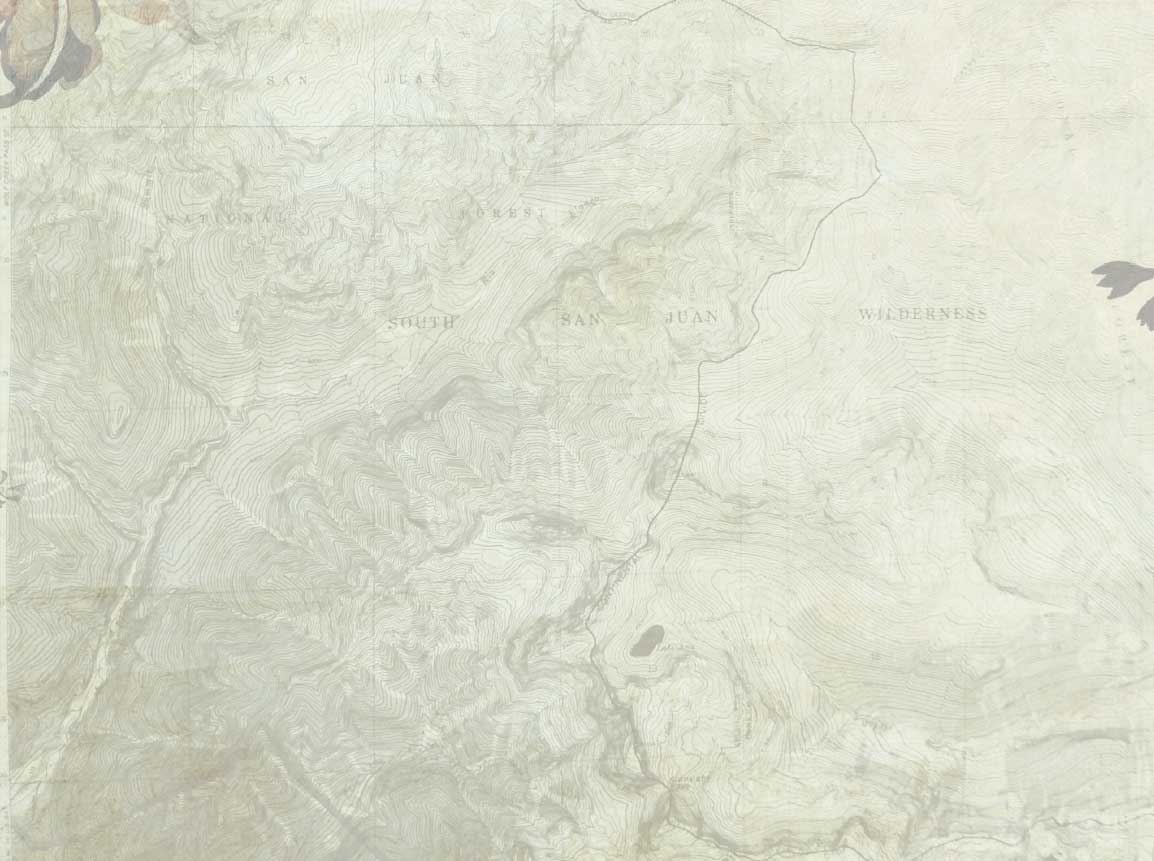The brain works fast. It consciously can process about 40-50 pieces of information per second. Wow! Even more amazing, and potentially troubling, we unconsciously process 11 million bits of information in that same second.[i] To survive this onslaught of raw data entering our own central processing unit, we create shortcuts and unconsciously exclude a lot most of it; we are better at exclusion than inclusion.

While inclusion may include a social perspective, inclusion is an important leadership skill in any endeavor. In leadership, inclusion is the active and intentional engagement of diverse stakeholders and perspectives into the success of an endeavor. It involves making certain that there is variety of people, ideas, and viewpoints in key brainstorming, analyses, and decisions . Consciously including people – and their varied competencies and perspectives – is key to making better decisions and avoiding the dreadful agreement racket, where a group inadvertently falls into routine compacts. These diverse perspectives and competencies challenge us to better decisions and to help catch our own biases that can lead us to poor or repetitive decisions. When you form a team, how intentful are you in having people who bring different perspectives? Does the room look just like you? As a leader, in what deliberate ways are you inclusive? If you are not intentfully inclusive, you are being exclusive.
We need the inclusion of varied perspectives to be a check for our own thinking shortcuts – something our brains do to manage so much processing. We like familiarity, because it is easy. In the book/movie Hidden Figures, that tells the true story of Black women math geniuses (Mary Jackson, Katherine Johnson, and Dorothy Vaughan) in the early space program, the work environment was familiar because it was entirely White and male. Brilliance initial was excluded in favor of familiarity. In that case, the racial and gender familiarity disqualified their perspectives.
I recall the first time I deliberately sought to include greater inclusion in my career. I was the director of operations of an upscale business conference hotel. I tracked that certain expenses were rising faster than our sales were – at an unsustainable rate. While I had the diagnosis, I didn’t have a solution. When I went into the housekeeping department and asked their opinion, the response was crickets. I later learned that “management” never had ever asked their opinion. My actions were unfamiliar (and unsafe, from their perspective). I decided on a simple strategy to increase inclusion: I checked my ego at the door. Instead, I would be in the housekeeping office every day at shift change to just say hi, ask questions, and say thanks for their work. I sought to become familiar as a basis for inclusive participation from them as I wanted their thought diversity. It paid off. Over time, great ideas came up from front line housekeepers. It was their ideas that helped us manage expenses (and eventually led to more compensation for them).
Inclusion is a practice; what will be your daily commitment to foster to an inclusive environment?

